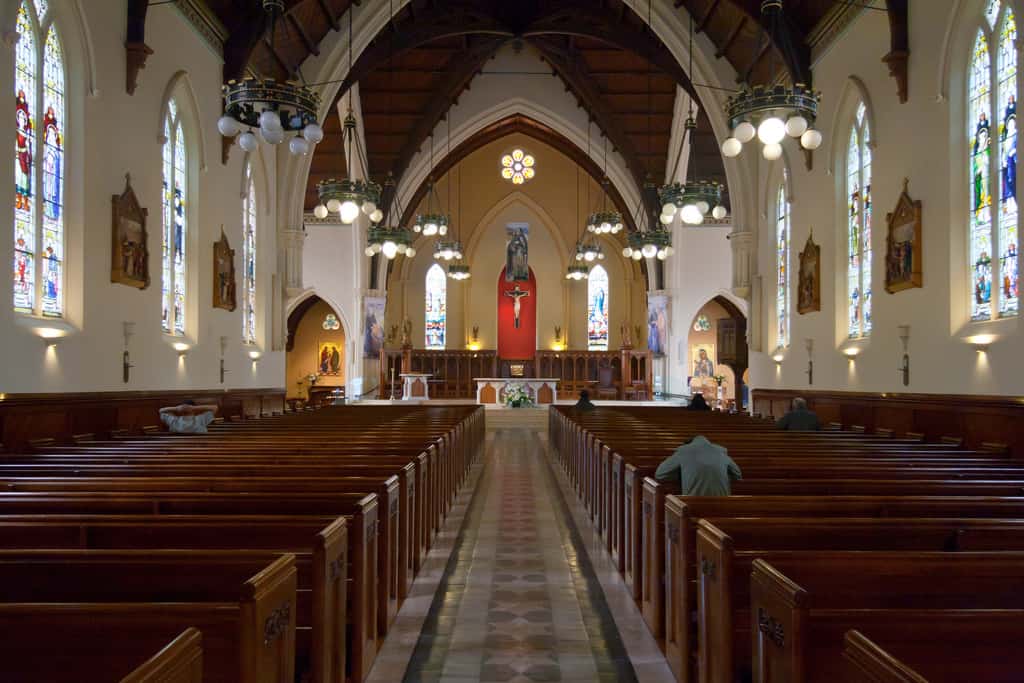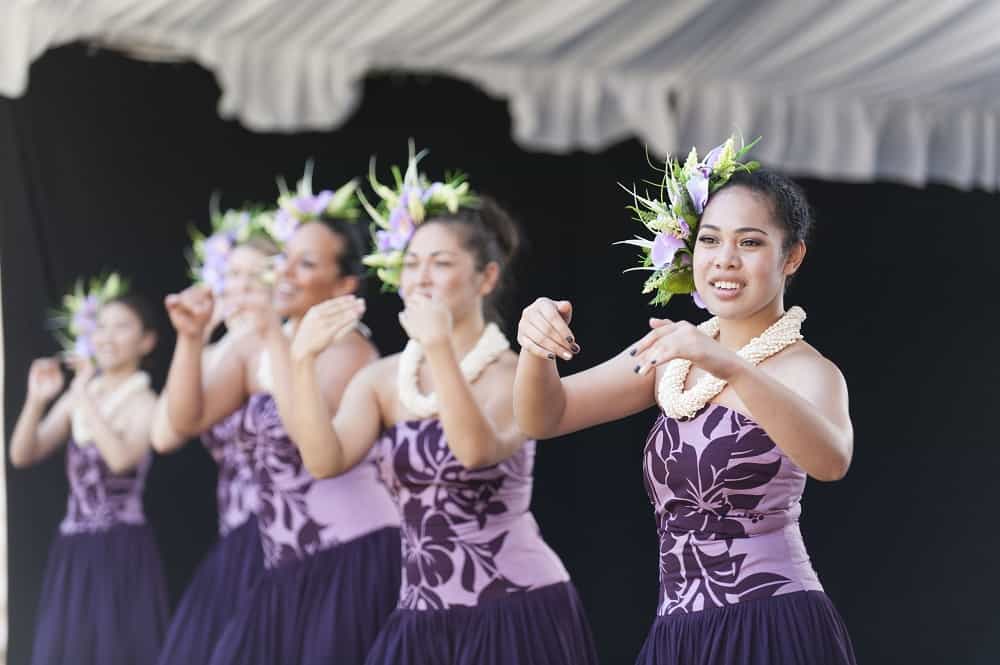Church, Community and Beyond: Effective Disaster Risk Communication with and for Pacific People in Auckland
23/07/2018
By Jay Marlowe and Andreas Neef
Disaster messaging is only effective if embraced by the population it is intended for. Among Auckland’s Pacific communities characterised by rich cultural and linguistic diversity, there can be numerous challenges to ensuring that disaster risk reduction initiatives reach those that are potentially affected.
Auckland is one of the most ethnically diverse urban environments in the world with more than 200 spoken languages. It also represents the largest Pacific city globally. More than 200,000 Auckland residents identify with a Pacific heritage, representing a range of nationalities that include Samoa, Tonga, Cook Islands, Fiji and various others.
Researchers in the Resilience to Nature’s Challenges Urban Resilience team conducted a study with 20 Pacific Island leaders to understand their perspectives of potential natural hazards and possible responses. These leaders articulated both the strengths and potential vulnerabilities that their communities could experience. In particular, we found that there were ‘4Rs’ related to disaster risk communication that map across the traditional 4Rs of readiness, reduction, response and recovery:
- Reach – the degree to which any communication strategy will get to the person/group of interest
- Relevance – the degree to which any communication is seen as being relevant to the target audience
- Receptiveness – the degree to which engagement is culturally resonant
- Relationships – the way in which two or more people or things are connected, or the state of being connected
The concepts of reach, relevance, receptiveness and relationships provide a flexible conceptual framework to think through the complexities of delivering effective messaging to Pacific communities. Reach is important to ensure that the communities potentially affected receive the associated message. Once this is achieved, it is necessary that the disasters are of relevance to them. In this sense, social inclusion and empowerment are essential to reduce disaster risks. However, participation and engagement can be more difficult for those who struggle to sustain a daily living, highlighting how everyday inequalities can exacerbate vulnerabilities to disasters. Disaster risk reduction is not just about working with ‘them’ – it requires an engagement with social policies and an awareness that everyday experiences have a powerful influence on the level of relevance extraordinary events have for people struggling with everyday livelihoods.
Provided that the associated message has reach and relevance, it must be delivered in ways that a community is receptive to. This speaks to the importance of inclusive and culturally responsive social spaces and activities (such as churches, schools and community associations) as acceptable sites for delivering support and sharing information.

An awareness of reach, relevance and receptiveness also requires the recognition of fragmentation and boundaries and therefore a nuanced understanding of relationships. A ‘community’ may not see itself necessarily as one. The ethno-national identifier of Tongan, for instance, may powerfully relate to a number of people in this community but it may not do so for others. The same can be said of leadership – to outsiders it may appear that a community has a clear leader but internal dynamics and politics may present a much more complex picture. Leadership may be defined by traditional social hierarchy (reflecting customary institutions in Pacific Island nations), but it can also exist alongside other identifiers such as economic power, geographic location and even visa status. This highlights the need to pay attention to how leadership in Pacific communities is established and legitimised, but also how it is shifting as younger leaders increasingly want to have their voices heard.

Overall, the study concluded that when designing disaster communication for Pacific communities, it is important to:
- Engage with Pacific communities in Auckland when disasters occur in the Pacific: the transnational character of disasters leads to heightened awareness and offers crucial entry points for disaster risk messaging.
- Develop a polymedia communication strategy: our study showed that the use of news media and digital technology is influenced by gender, age, and socioeconomic factors. Therefore, a one-size-fits-all communication strategy is bound to fail.
- Proactively develop your messages; make these community driven and agency supported: for Pacific communities trust-based personal interaction and respect for cultural protocols are vital to get expert risk information accepted by community leaders and members.
Considering the ways in which reach, relevance, receptiveness and relationships are shaped by particular social contexts can inform disaster risk communication strategies and enhance meaningful public participation in decision-making. It also can go a long way to ensuring that disaster risks are minimised or perhaps removed by ensuring that disaster messaging is trusted and embraced by Pacific communities and other migrant people who identify from a range of social locations where understandings of context are so important.



